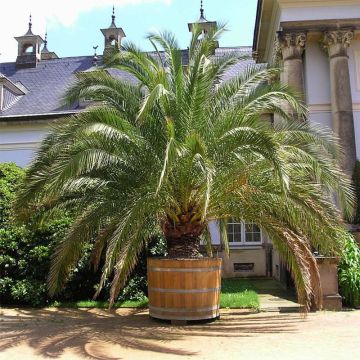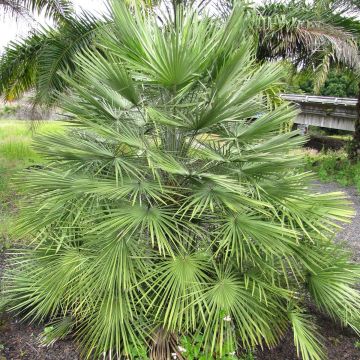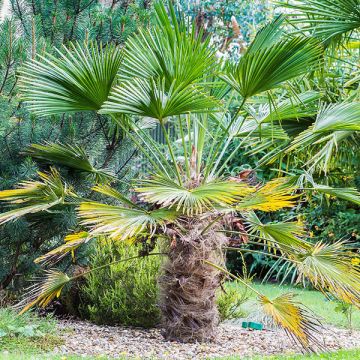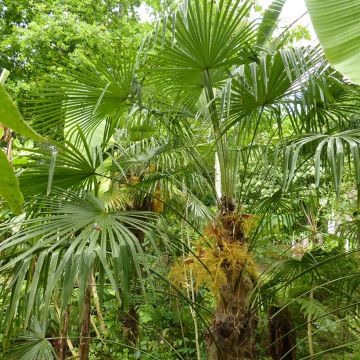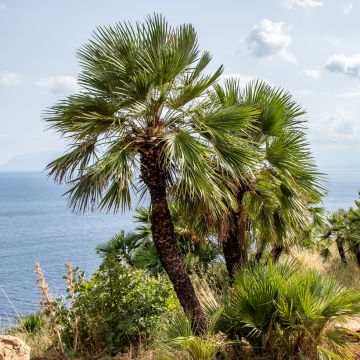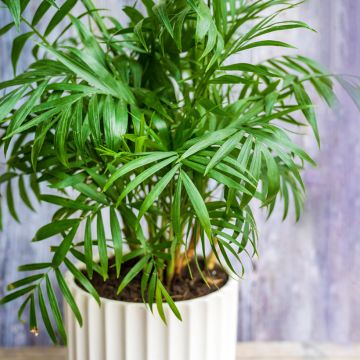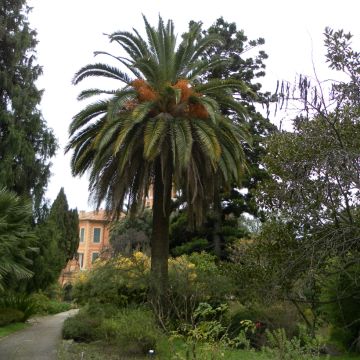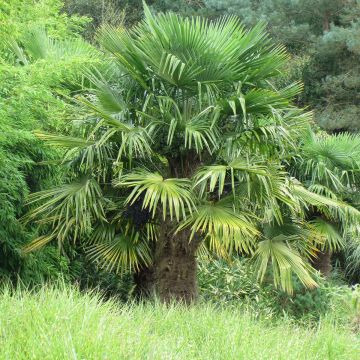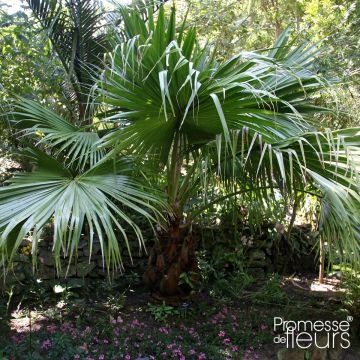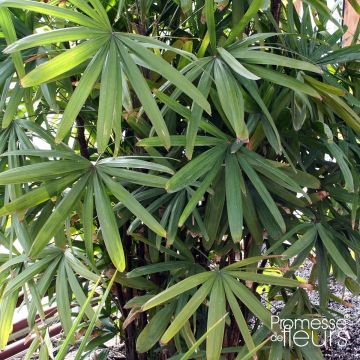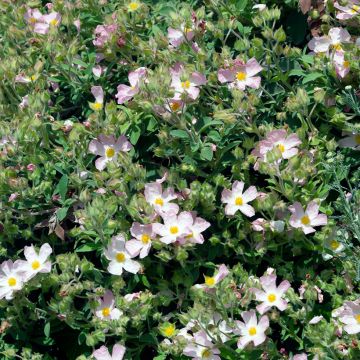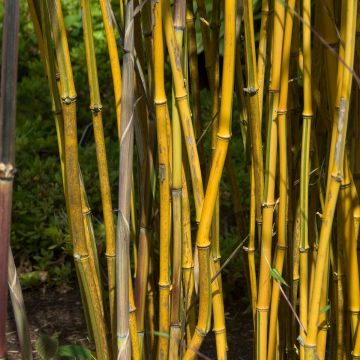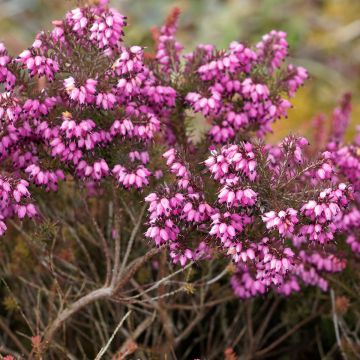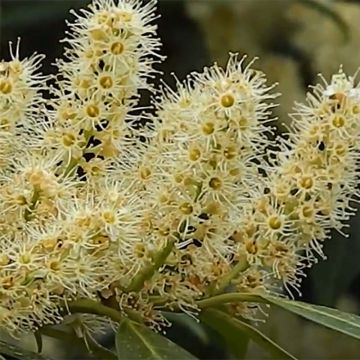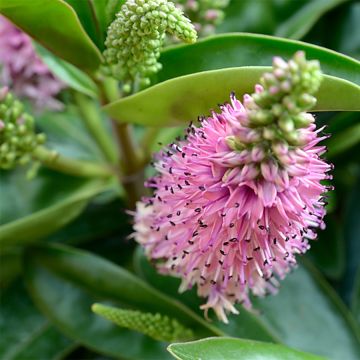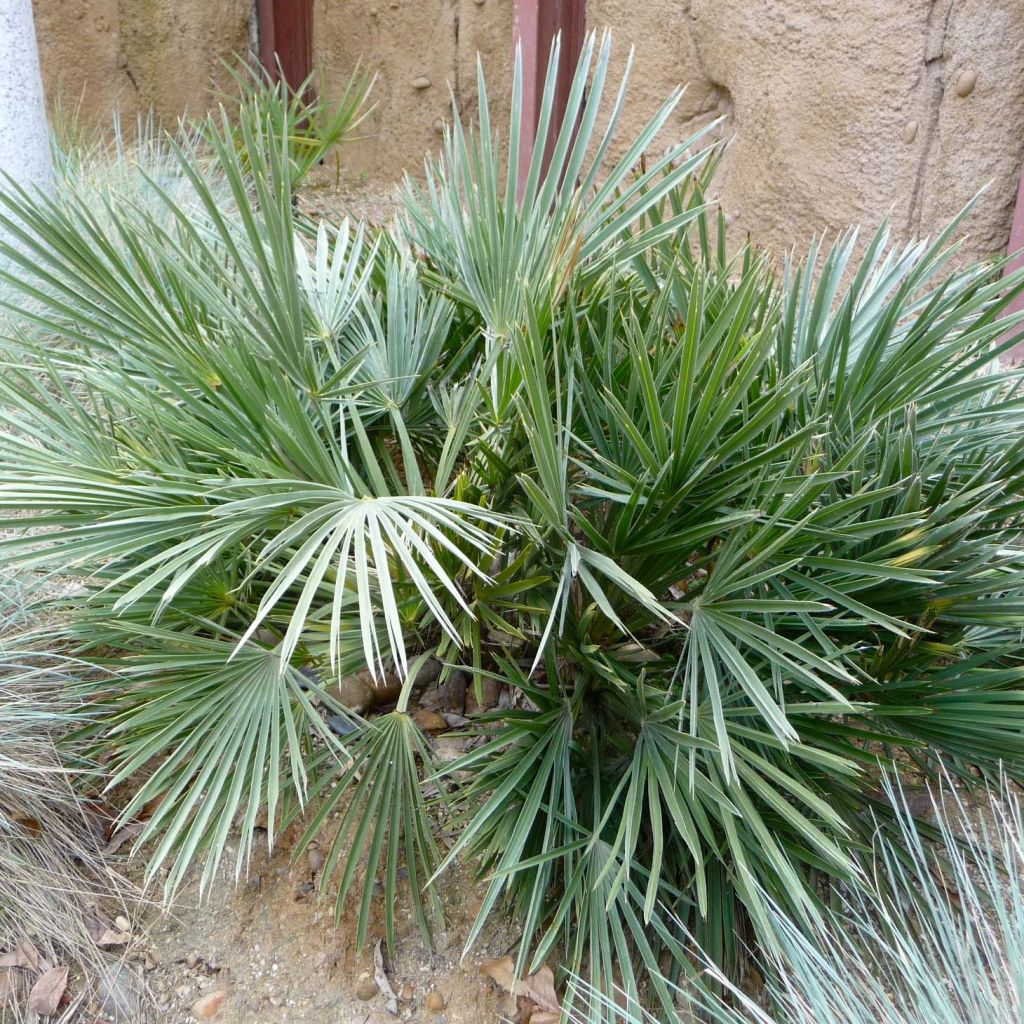

Trithrinax campestris - Caranday Palm


Trithrinax campestris - Caranday Palm
Trithrinax campestris - Caranday Palm
Trithrinax campestris
Caranday Palm, Blue Needle Palm, Argentine Needle Palm
The young plants have arrived safely.
Patrick G., 16/08/2018
Special offer!
Receive a €20 voucher for any order over €90 (excluding delivery costs, credit notes, and plastic-free options)!
1- Add your favorite plants to your cart.
2- Once you have reached €90, confirm your order (you can even choose the delivery date!).
3- As soon as your order is shipped, you will receive an email containing your voucher code, valid for 3 months (90 days).
Your voucher is unique and can only be used once, for any order with a minimum value of €20, excluding delivery costs.
Can be combined with other current offers, non-divisible and non-refundable.
Why not try an alternative variety in stock?
View all →This plant carries a 24 months recovery warranty
More information
We guarantee the quality of our plants for a full growing cycle, and will replace at our expense any plant that fails to recover under normal climatic and planting conditions.

Would this plant suit my garden?
Set up your Plantfit profile →
Description
Trithrinax campestris or Copernicia campestris, sometimes called the Trident Palm, is a medium-sized botanical species, relatively hardy, native to the dry regions of Argentina and Uruguay. Standing on one or more enlarged stipes covered in grey fibres, it reaches towards the sky with bouquets of stiff, leathery, sword-shaped leaves, with a blue glaucous hue. Over time, the modest yucca-like clump it embodies during its early years unfolds, rises, and takes on its full dimension. This little-known species, less heat-demanding than most other palms, should be able to adapt to all regions spared from severe frost.
Trithrinax campestris (synonym Copernicia campestris, Chamaethrinax hookeriana) belongs to the Arecaceae family. It is a palm tree native to western Uruguay and northeastern Argentina, where it grows in open areas, often near watercourses, under a climate that experiences a pronounced dry season. This palm tree, which can slowly reach a height of 6 to 7m (20 to 23ft), is supported by one or more thick, straight, massive false trunks (stipes) that can sometimes reach a diameter of 25cm (10in). They are covered in a grey sheath bristling with dangerous black spines, which are remnants of old petioles and dried leaves. The foliage is arranged in terminal crowns at the end of each stipe and can eventually span a width of 3m (10ft). Each crown is composed of 40 to 50 palmate leaves, 40 to 50cm (16 to 20in) wide, divided into 20 short, rigid and sharp segments, covered with a whitish down on the upper surface. They are bluish on top, with a more glaucous green on the underside. The petiole, 50 cm (20in) long, is green-grey and spiny, especially at the base.
Trithrinax are hermaphroditic, meaning that the same individual bears male and female flowers. Flowering occurs on mature individuals, and takes place in October. The short and lightly branched inflorescences are arranged all around the stipe, just below the crown of leaves. They bear a large number of cream-yellow flowers that are pleasantly fragrant and, in favourable climates, give rise to round, brown fruits, each containing a round, brown seed about 1cm (1in) in diameter, which germinates with some difficulty.
Trithrinax campestris combines the elegance and nobility of a palm tree with the ruggedness and robustness of a yucca. Due to the presence of spines, it is preferable to keep it away from paths and young children. Along with Mazari Palm, Nannorrhops ritchiana, Chamaerops hystrix, Brahea armata, and Chamaerops humilis, it is one of the hardiest ornamental palm species in theory. In reality, this factor depends largely on soil drainage and ambient humidity. Remarkable in mild, Mediterranean or oceanic climates, it can also be grown in a large container almost everywhere else. The plant can be overwintered in a cool, bright and well-ventilated space with a dry atmosphere. It will be magnificent planted near a doorway or on either side of a gateway. Fans of sculptural plants can also plant Siberian Nolina, Agave ovatifolia, Dasylirion wheeleri, Yucca rigida, and other plants that appear to be dipped in steel, with a blue hue, and are well adapted to arid conditions.
Report an error about the product description
Trithrinax campestris - Caranday Palm in pictures
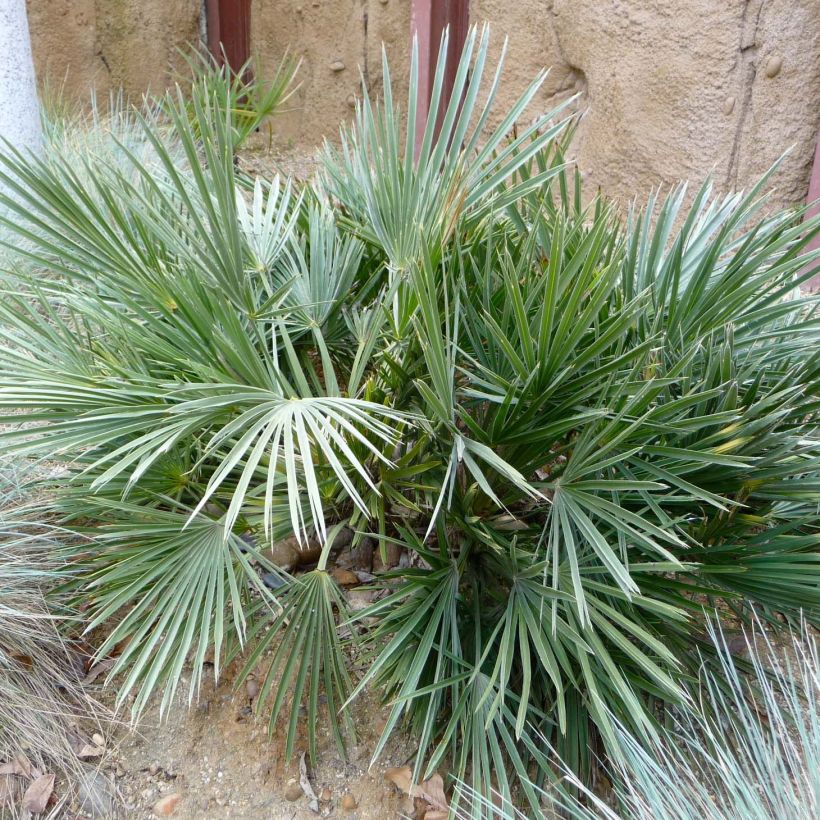

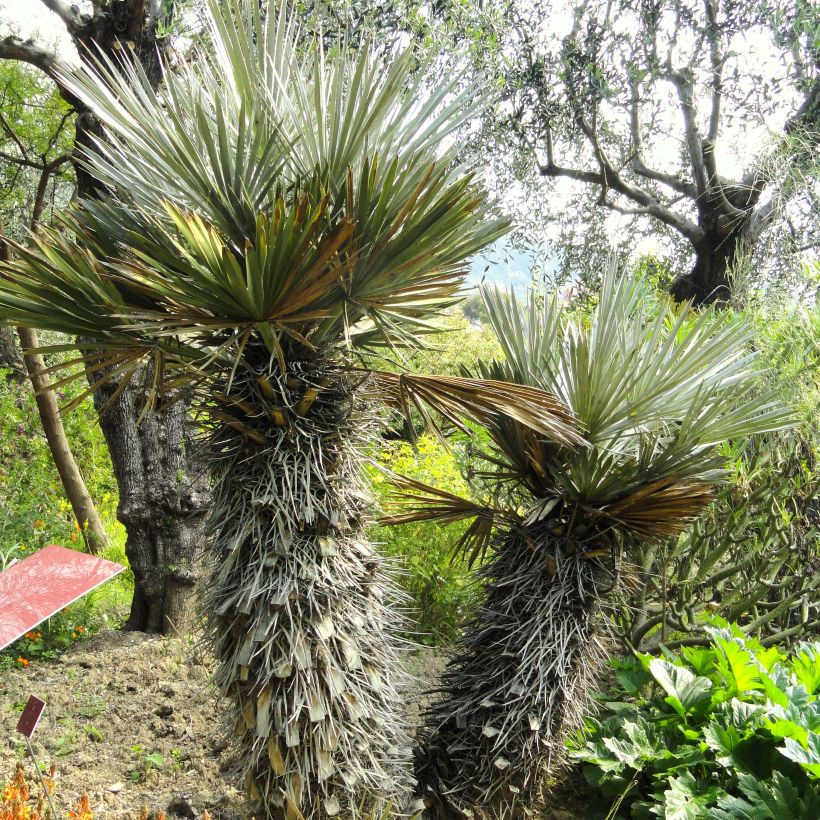

Plant habit
Flowering
Foliage
Botanical data
Trithrinax
campestris
Arecaceae
Caranday Palm, Blue Needle Palm, Argentine Needle Palm
South America
Other Palm trees A to Z
View all →Planting and care
This palm tree shows slow growth, especially during its first 5 years, then its growth accelerates. It is less demanding in heat than most other palm trees and will therefore be better suited to our British climates. It is resistant to drought and indifferent to poor and dry soils. Plant Trithrinax campestris in the ground in not too harsh climates, or in a very large pot in other regions. Set it in well-drained soil, even poor and dry on the surface, rich in sand and stones. It is indifferent to the nature of the soil, but shows a preference for poor and filtering soils. It tolerates drought very well once established, but occasional watering in summer promotes growth. The ideal is to plant it in poor soil, retaining little water: a mixture composed mainly of coarse sand, gravel, and supplemented with compost and garden soil. Position it in a sunny position and protect it from cold and dry winds, even winter rains, on a mound or in a large rock garden, for example. Cover it with winter protection fabric during the first winters following its installation. Water regularly for the first 3 years, especially if it is dry in summer. Easy to grow, it requires little maintenance except for pruning the oldest leaves close to the stem (beware of thorns!).
It should be noted here that hardiness depends a lot on how well-drained the soil is in winter and on the chosen sheltered situation for this palm tree. It can reasonably be thought that a well-established plant, in a filtering soil, will be able to withstand short frosts of around -12 to -14°C (10.4 to 6.8°F), or -10°C (14°F) for a young subject.
Propagate by sowing fresh seeds, which germinate easily after 3 to 6 months at 25 to 28°C (77 to 82.4°F) in a moist substrate.
Planting period
Intended location
Care
-
, onOrder confirmed
Reply from on Promesse de fleurs
Similar products
Haven't found what you were looking for?
Hardiness is the lowest winter temperature a plant can endure without suffering serious damage or even dying. However, hardiness is affected by location (a sheltered area, such as a patio), protection (winter cover) and soil type (hardiness is improved by well-drained soil).

Photo Sharing Terms & Conditions
In order to encourage gardeners to interact and share their experiences, Promesse de fleurs offers various media enabling content to be uploaded onto its Site - in particular via the ‘Photo sharing’ module.
The User agrees to refrain from:
- Posting any content that is illegal, prejudicial, insulting, racist, inciteful to hatred, revisionist, contrary to public decency, that infringes on privacy or on the privacy rights of third parties, in particular the publicity rights of persons and goods, intellectual property rights, or the right to privacy.
- Submitting content on behalf of a third party;
- Impersonate the identity of a third party and/or publish any personal information about a third party;
In general, the User undertakes to refrain from any unethical behaviour.
All Content (in particular text, comments, files, images, photos, videos, creative works, etc.), which may be subject to property or intellectual property rights, image or other private rights, shall remain the property of the User, subject to the limited rights granted by the terms of the licence granted by Promesse de fleurs as stated below. Users are at liberty to publish or not to publish such Content on the Site, notably via the ‘Photo Sharing’ facility, and accept that this Content shall be made public and freely accessible, notably on the Internet.
Users further acknowledge, undertake to have ,and guarantee that they hold all necessary rights and permissions to publish such material on the Site, in particular with regard to the legislation in force pertaining to any privacy, property, intellectual property, image, or contractual rights, or rights of any other nature. By publishing such Content on the Site, Users acknowledge accepting full liability as publishers of the Content within the meaning of the law, and grant Promesse de fleurs, free of charge, an inclusive, worldwide licence for the said Content for the entire duration of its publication, including all reproduction, representation, up/downloading, displaying, performing, transmission, and storage rights.
Users also grant permission for their name to be linked to the Content and accept that this link may not always be made available.
By engaging in posting material, Users consent to their Content becoming automatically accessible on the Internet, in particular on other sites and/or blogs and/or web pages of the Promesse de fleurs site, including in particular social pages and the Promesse de fleurs catalogue.
Users may secure the removal of entrusted content free of charge by issuing a simple request via our contact form.
The flowering period indicated on our website applies to countries and regions located in USDA zone 8 (France, the United Kingdom, Ireland, the Netherlands, etc.)
It will vary according to where you live:
- In zones 9 to 10 (Italy, Spain, Greece, etc.), flowering will occur about 2 to 4 weeks earlier.
- In zones 6 to 7 (Germany, Poland, Slovenia, and lower mountainous regions), flowering will be delayed by 2 to 3 weeks.
- In zone 5 (Central Europe, Scandinavia), blooming will be delayed by 3 to 5 weeks.
In temperate climates, pruning of spring-flowering shrubs (forsythia, spireas, etc.) should be done just after flowering.
Pruning of summer-flowering shrubs (Indian Lilac, Perovskia, etc.) can be done in winter or spring.
In cold regions as well as with frost-sensitive plants, avoid pruning too early when severe frosts may still occur.
The planting period indicated on our website applies to countries and regions located in USDA zone 8 (France, United Kingdom, Ireland, Netherlands).
It will vary according to where you live:
- In Mediterranean zones (Marseille, Madrid, Milan, etc.), autumn and winter are the best planting periods.
- In continental zones (Strasbourg, Munich, Vienna, etc.), delay planting by 2 to 3 weeks in spring and bring it forward by 2 to 4 weeks in autumn.
- In mountainous regions (the Alps, Pyrenees, Carpathians, etc.), it is best to plant in late spring (May-June) or late summer (August-September).
The harvesting period indicated on our website applies to countries and regions in USDA zone 8 (France, England, Ireland, the Netherlands).
In colder areas (Scandinavia, Poland, Austria...) fruit and vegetable harvests are likely to be delayed by 3-4 weeks.
In warmer areas (Italy, Spain, Greece, etc.), harvesting will probably take place earlier, depending on weather conditions.
The sowing periods indicated on our website apply to countries and regions within USDA Zone 8 (France, UK, Ireland, Netherlands).
In colder areas (Scandinavia, Poland, Austria...), delay any outdoor sowing by 3-4 weeks, or sow under glass.
In warmer climes (Italy, Spain, Greece, etc.), bring outdoor sowing forward by a few weeks.






























